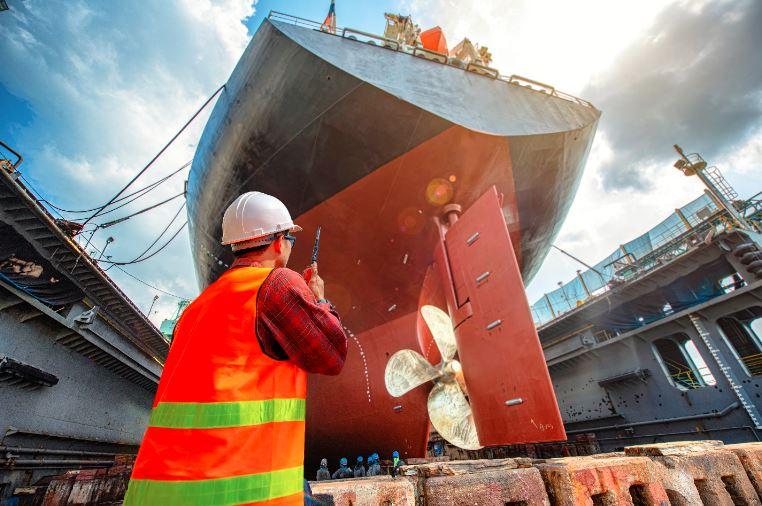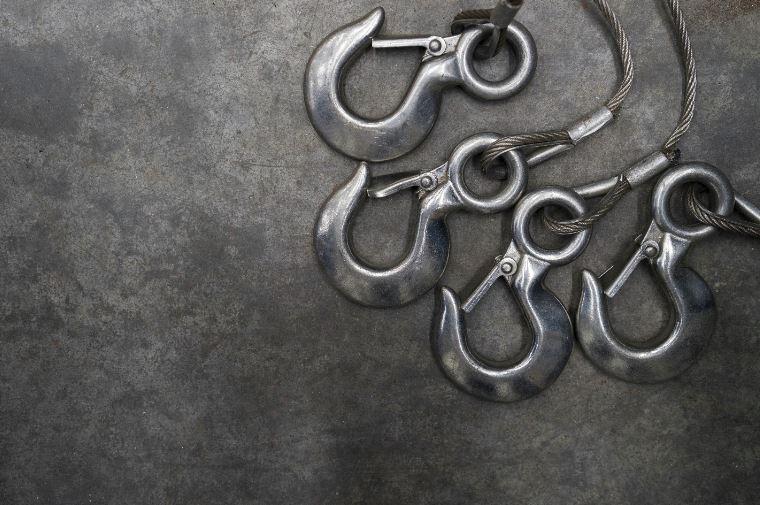Have you at any point gazed at a huge cruise ship and considered how it was able to remain above water? Many cruise ships constantly travel to Alaska and Hawaii during the summer. During the winter, an abundance of cruises are available to go to Mexico, the Caribbean, and other locations in the South Pacific. Considering the continuous growth & development of the cruise sector, the several types of materials & metals required for assembling the ships, we thought it's worth taking a deeper dive here into the full construction involved.

The Components used for Construction of Cruise Ships
Every one of the heaviest sections of the ship like the powerplants, engines, ballast, water, and fuel tanks are kept at the lower part, 20% from the bottom of the ship in order to ensure the ship remains upright. Ideally, underneath the waterline which is used to make sure the ship remains steady and reduces the center of gravity. The 80% left over part of a regular cruise ship is created to be employed by passengers, which is light and open as it can be.
Looking higher up the cruise ship, you will realize that it gets more open and lighter in weight which is aimed at limiting the weight. The pool is only an exception. Apart from being extremely heavy, you can only get the best view at the top which makes the swimming pool located there.
The materials are properly chosen and are also based upon your location in the vessel. Close to the upper part of the ship, the prominent selections are high durable steel and aluminum. This provides the best available strength-to-weight ratio. Carbon fibers and fiber strengthened plastics are now been tested on more recent vessels as these materials are quite new and pretty uncommon. Getting a little lower, hotter rolled steels would be found. The crucial features here are heavyweight and durability which allows designers to employ thicker materials in this section.
The part that requires more strength, usually very complicated and developed first is the hull. It has the shape of a massive metal tube with several supports and leak-proof rooms inside it. This is vital because several stresses are exerted by the ocean on ships. Tubes are part of the shapes that have the most mechanical strength in the world but it gets weaker when holes are drilled into it like it is required for doors. This makes the door locations to be planned properly which is then strengthened by the structural support.
The massive structure is then fitted at the top after the completion of the hull. But this massive structure spaces of the entire cabin and activity area remains open. The cabin and other components are assembled in a contained environment that is not on the ship just like a car. After the construction of these flat-packed spaces, they are then integrated into the massive structure and installed like the plugging in a huge LEGO.
Several facades are present in many of the rooms looking into the ship. Considering those attractive sheets of surfaces of wood and marble, they are actually artificial wood on light, durable and frames of metal or thin stony sheets. Stainless steel and ceramics are also very common since they are very durable, cost-effective and incombustible.
Crucial Ship Rigging Equipment
Rigging is an important component of ship employment. Riggers set up ships’ parts & equipment for transports by the crane, hoists or other material handling equipment.

When considering ship rigging tools, you’ll be majorly getting involved with hooks, eye straps, swivels, pulleys, and other devices. Even though many of these materials are quite simple and modest. An effective rigging task can only be achieved with all these tools working collectively.
In regards to lifting tools, you typically would be looking at chokers, hooks, halyards, eye straps, connectors, blocks, swivels and many more. Each of these small devices plays a major part in pulling off a rigging job.
Other components such as the ropes and dynamometers are also very crucial when performing rigging and lifting tasks.
The demand for guy wire or wire rope (usrigging.com) in the marine industry is numerous whether during the start of the construction process of the ship or when harboring the ship at the docks. Heavy strains, pressure and loads are usually involved irrespective of what the wire ropes will be used for. A thin rope can obviously not be able to harbor a ship at the docks. Lifting materials are usually developed to carry out numerous tasks that involve heavy pressure and strain which makes it a top choice for the marine industry.
During the start of a marine procedure, the wire ropes are also employed to build the ships since it is usually employed with cranes when performing lifting tasks in the engineering and construction industry. Ships developed with solid and enormous materials and the best equipment that can help to move them around in a building site is by using wire ropes.
Apart from the lowering and lifting jobs carried out when building a vessel, cranes found in the docks and on the ships are also beneficial when transferring cargos. Concerning the point mentioned above, the best choice for transferring heavy loads is still the rope.
The components are as well beneficial in securing vessels at the docks. The weight of the ships is without any doubt very heavy and one of the tools that can position them securely without floating off is the rope.
The ready-made strategy is usually not far-fetched however, the monstrosity of the scale makes the construction of a heavy ship an enormous task. The construction process incorporates many years of preparation and design procedure along with millions in cost of materials and workers. Ships that are as enormous as the Quantum of the sea with a construction cost of about $1.6 billion. However, in the end, a beautiful transportation masterpiece arises that can be appreciated for years to come.